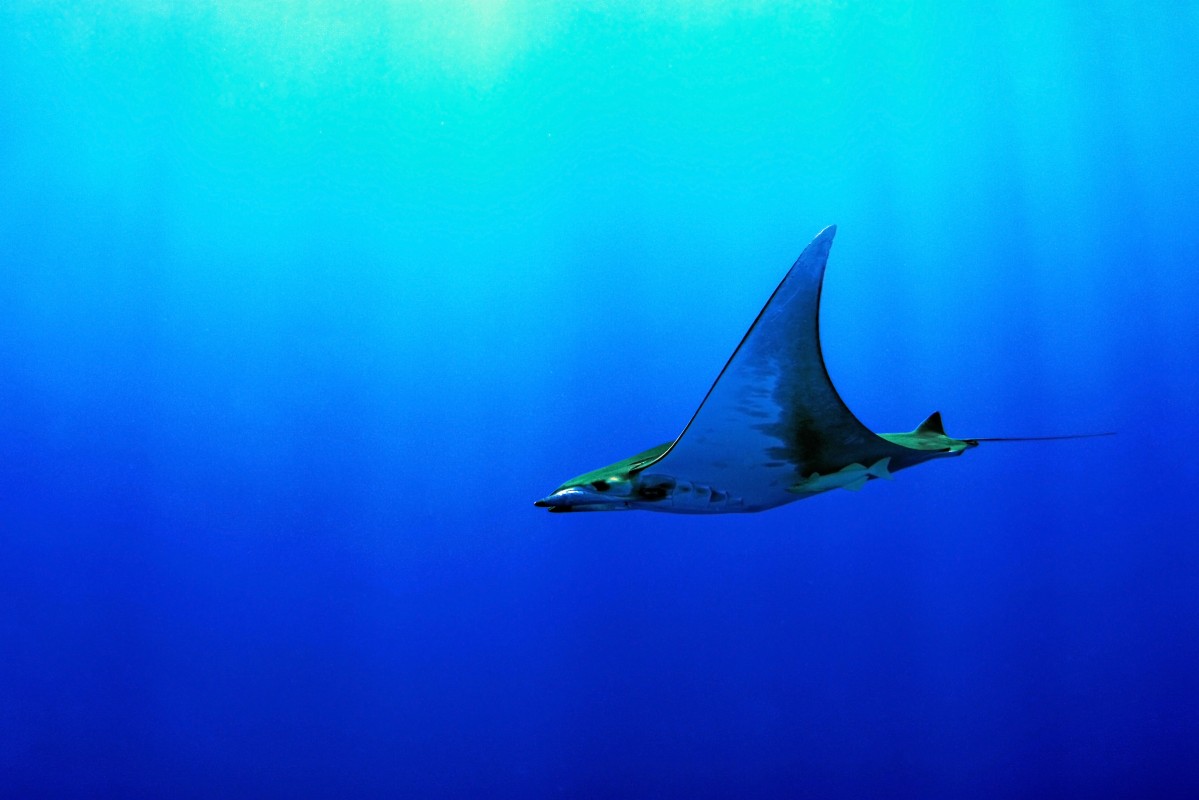Be the Devil’s Advocate this Endangered Species Day

Our countdown to the 17th meeting of the Conference of the Parties to the Convention on International Trade in Endangered Species (CITES CoP17) – to be held in South Africa from September 24 to October 5, 2016 – begins this Endangered Species Day, May 20.
Earlier this month, we applauded the growing support for proposals to control trade in 13 commercially valuable shark and ray species, including the endangered giant devil ray. This Endangered Species Day is the perfect day to begin our countdown to CITES CoP17 by starting a series of CITES-related blog posts with a very special ray proposed for CITES Appendix II listing: the giant devil ray.
From now until CITES CoP17, we’re presenting strong arguments in support of the devil rays proposal submitted by the Maldives, and supported by the European Union and 22 out of 182 CITES member countries.
We’re mobilizing our community, collaborating with partners, and delivering strong science-based arguments to CITES Parties in support of the giant devil ray, and the other shark and ray species up for consideration, and we need your support.
This Endangered Species Day, join us! Be the devils’ advocate by making a donation to fuel our science-based advocacy to advance conservation of sharks and rays, including the majestic giant devil ray.
Why? The demand for gill rakers – the feathery structures these filter feeders use to strain food as they glide through the water – is on the rise, leaving conservationists concerned. Giant devil rays produce only one large offspring every two to five years, so its naturally slower reproductive system adds to the species survival struggles. When caught as bycatch the species is usually discarded, but occasionally it is landed and sold to market. Secondary threats to all the devil rays include marine debris, including entanglement and ingestion, boat strikes and oil spills.
Devil rays are the only vertebrates that have three pairs of working limbs: pectoral fins, pelvic fins, and cephalic fins. When they are not feeding, their cephalic fins are curled and point forward and down, giving the appearance of devil horns, but there is nothing devilish about the giant devil ray except that it’s in a hell of a bind as incidental catch and high mortality rates threaten its survival.
The vulnerability of devil rays requires urgent international conservation measures. CITES listing of devil rays can greatly improve the outlook for this family of devils while also helping to fulfil commitments for previously listed manta rays.
Our countdown to protect sharks and rays from unsustainable trade starts this Endangered Species Day! Join us with a special donation in honor of the graceful endangered giant devil ray and stay tuned for more CITES-related blog posts and updates.
Photo © Greg S.Garett - Wildscreen Exchange



